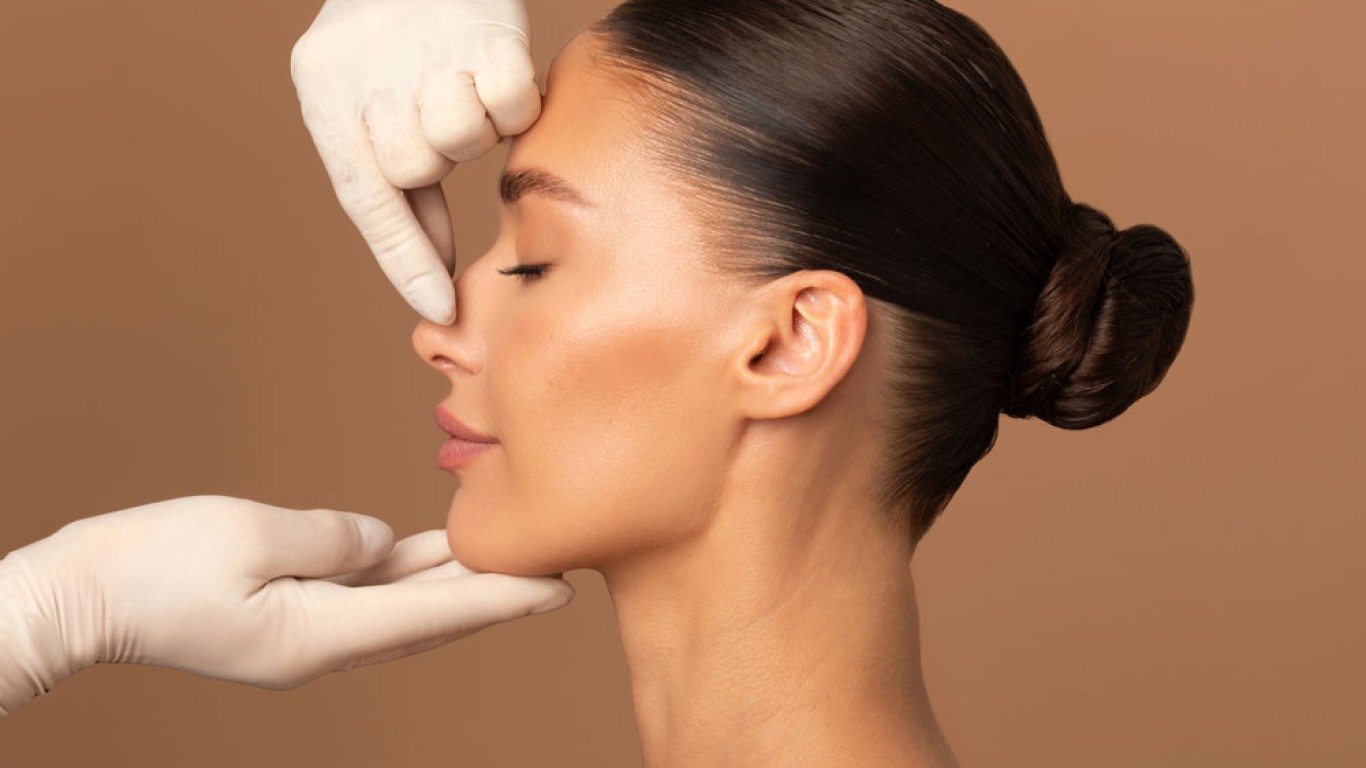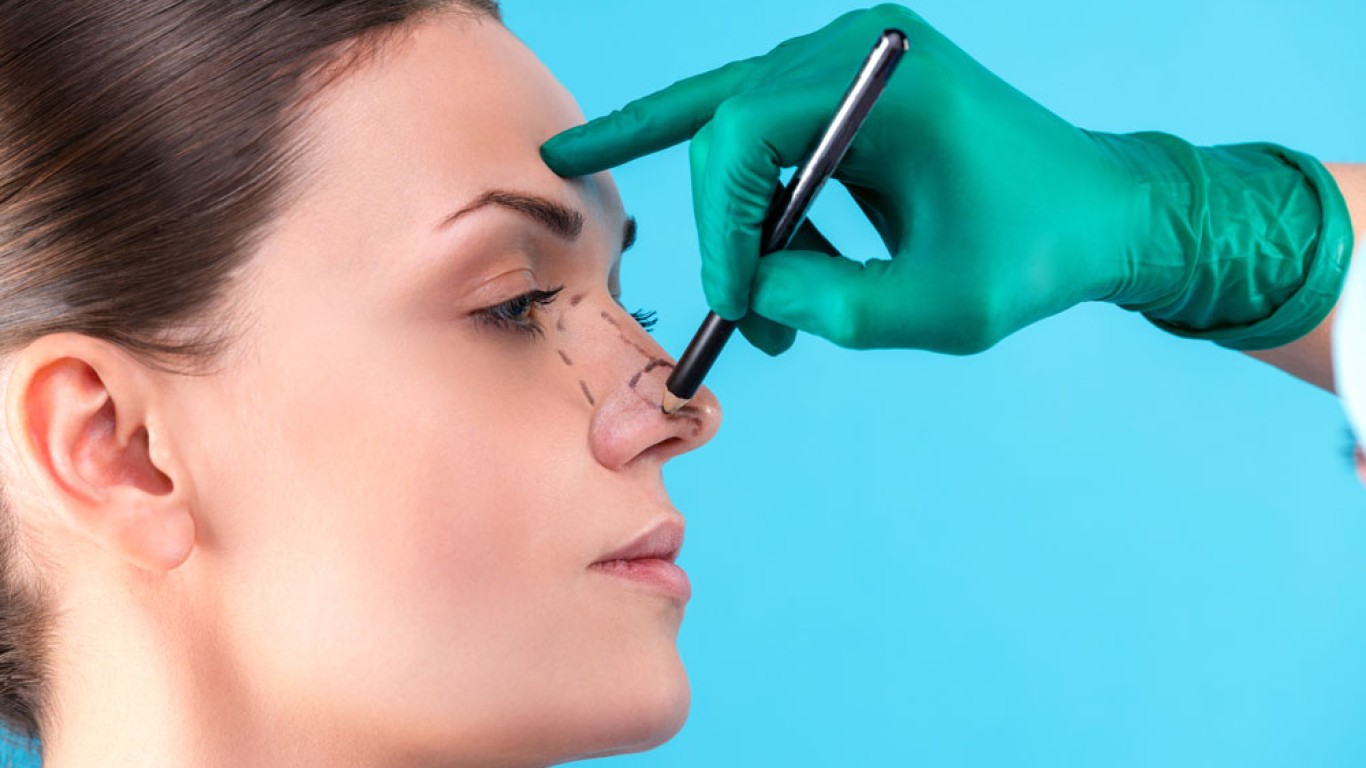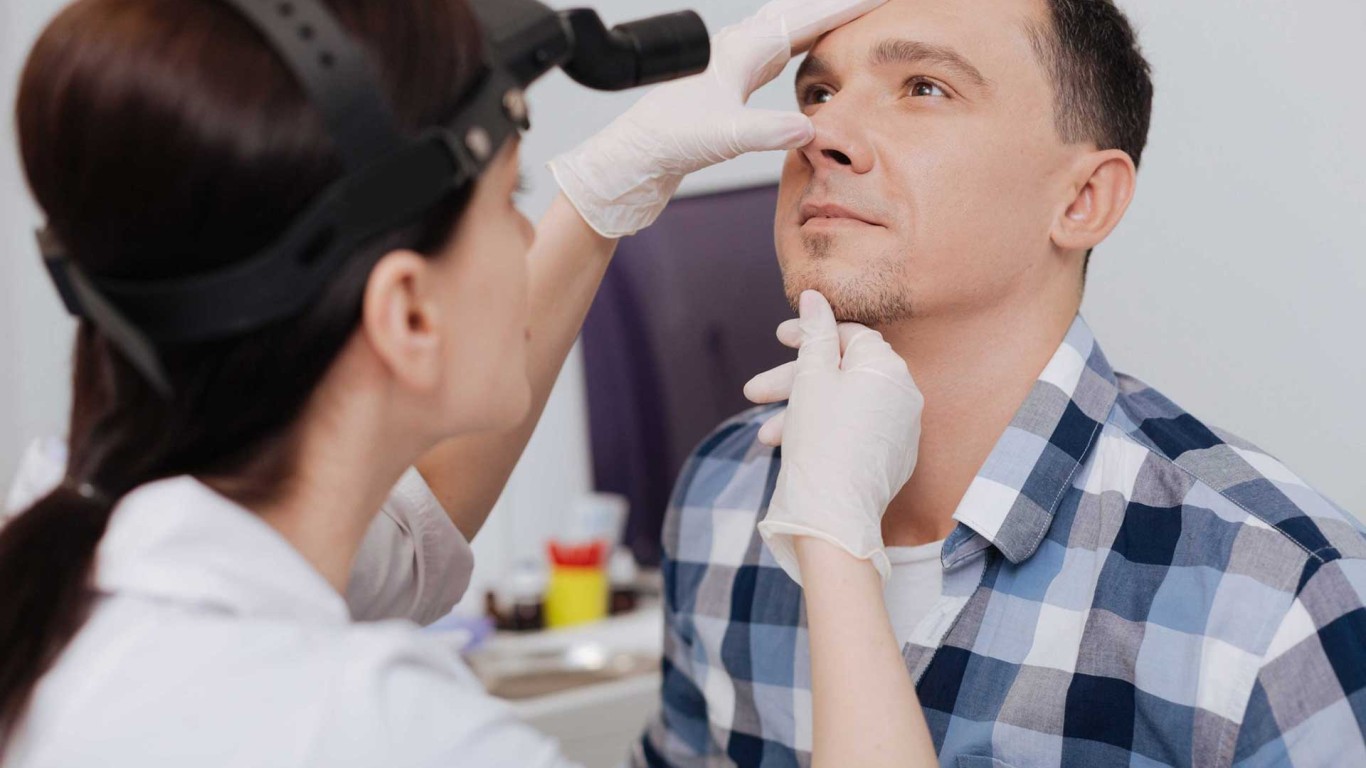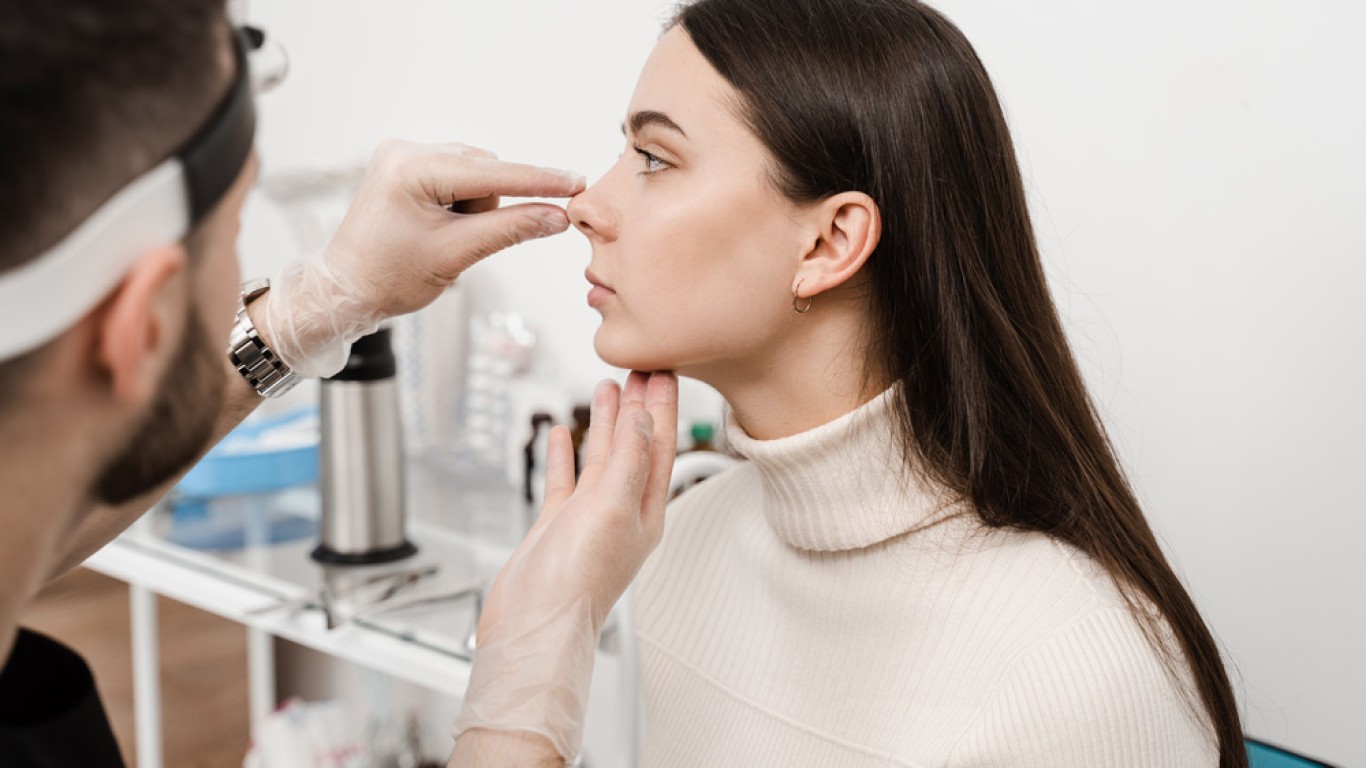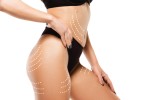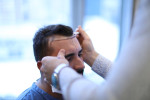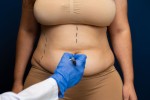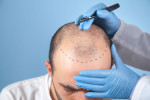Open rhinoplasty is a popular option for patients who want precise, detailed changes to their nose shape. Many people today seek refined results that match their facial features and improve self-confidence. Open rhinoplasty gives surgeons better access and control to shape the nose exactly as desired. If you're considering this surgery, understanding its advantages, process, and recovery is essential. Below, we explore why this method might be the best choice for your goals.
What Is Open Rhinoplasty?
Open rhinoplasty involves creating a small incision across the columella. This is the strip of tissue between the nostrils. This technique allows the surgeon to lift the nasal skin and view the underlying structures directly. Unlike closed rhinoplasty, which keeps incisions hidden inside the nostrils, open rhinoplasty offers clear visualisation. This access enables precise adjustments to cartilage and bone. Improving both the function and appearance of the nose. Therefore, it is often used in complex cases or revisions.
Why Choose Open Rhinoplasty for Detailed Changes?
When it comes to detailed reshaping, open rhinoplasty is often the best option. The enhanced visibility allows for meticulous adjustments to nasal tip definition, bridge shape, and overall symmetry. Moreover, surgeons can ensure structural support is maintained, which is crucial for long-term stability. Patients seeking dramatic or subtle but intricate refinements often benefit most. Do you desire specific tip modifications or correction of severe deviations? This approach offers better outcomes than closed methods.
Advantages of Open Rhinoplasty
There are several benefits to choosing open rhinoplasty. Firstly, it offers superior precision, allowing for fine-tuning that creates a natural, balanced look. Secondly, surgeons can better assess nasal symmetry during the operation. Thirdly, it facilitates correction of breathing issues by improving internal structures. While it involves an external scar, it is usually small and fades nicely over time. Overall, this approach offers more predictable results and greater satisfaction. Especially for patients seeking detailed changes.
Who Is an Ideal Candidate?
Ideal candidates for open rhinoplasty include those needing significant adjustments. Also those needing tip reshaping, or repair from previous surgeries. Individuals with nasal asymmetry, bumps, or breathing difficulties can also benefit. Additionally, patients should be in good general health and have realistic expectations. If you are committed to following recovery instructions and understand the healing timeline, open rhinoplasty can deliver excellent, long-lasting results. A thorough consultation will help decide if it suits your needs.

The Surgery Process Explained
Open rhinoplasty is performed under general anaesthesia and typically takes between two to four hours. The surgeon starts by making the columella incision and carefully lifting the nasal skin. Detailed reshaping of the bone and cartilage is then carried out. This is guided by preoperative planning and real-time assessment. Once complete, the skin is re-draped, and the incision is closed with fine stitches. A nasal splint is applied. This helps protect the new shape and support healing during the initial days.
Expected Recovery Timeline
Recovery from open rhinoplasty usually involves initial swelling and bruising for about two weeks. Patients can return to light activities after one or two weeks. This depends on how they feel. However, strenuous exercise should be avoided for at least a month. Final results take up to a year to fully settle. This is because subtle swelling can last for months. Wearing splints and following all care instructions is essential to protect your new nasal structure. Regular follow-ups ensure proper healing.
Comparing Open and Closed Rhinoplasty
While open rhinoplasty is excellent for detailed changes, closed rhinoplasty suits simpler adjustments. Closed rhinoplasty involves no external incisions, leading to a quicker recovery and no visible scar. However, it provides less access to the nasal framework, making it less ideal for complex reshaping. Your surgeon will assess your goals, nasal anatomy, and desired change. Then they will recommend the most suitable technique. Discussing both options thoroughly ensures you make an informed decision.
Maintaining Results Long-Term
Maintaining results after open rhinoplasty requires care and commitment. Avoid heavy glasses and protect your nose from trauma, especially during the first few months. Staying hydrated, following a healthy diet, and not smoking aid healing. Regular check-ups allow your surgeon to monitor progress and address concerns promptly. While results are long-lasting, natural ageing and lifestyle factors can affect the shape over time. Overall, with proper care, patients enjoy beautiful results for many years.
Emotional Benefits of Open Rhinoplasty
Besides physical improvements, open rhinoplasty offers emotional benefits. Many patients report a boost in self-esteem and feel more comfortable in social situations. Having a nose that aligns with your facial features can enhance overall confidence. Knowing that you chose a technique allowing for precision and artistry gives peace of mind. This psychological impact is one of the main reasons people choose to undergo cosmetic nasal surgery.
Conclusion
Open rhinoplasty is a powerful option for those seeking detailed, refined nasal changes. With enhanced precision and access, it allows surgeons to create natural, harmonious results. These results are tailored to each individual face. While recovery is longer and involves a small scar, the benefits often outweigh these considerations. By choosing an experienced surgeon and following careful aftercare, you can achieve the nose you've always wanted.
For more information on open rhinoplasty and to book a consultation visit the ACIBADEM Beauty Center Rhinoplasty webpage.
Frequently Asked Questions
It is small and usually fades to be barely visible over time.
Yes, it can improve internal nasal structures to help with breathing.
Light activities can resume in 1-2 weeks, but avoid heavy exercise for a month.
Most results appear within a year as residual swelling resolves.
It can be slightly more expensive due to the detailed work and longer surgery time.

